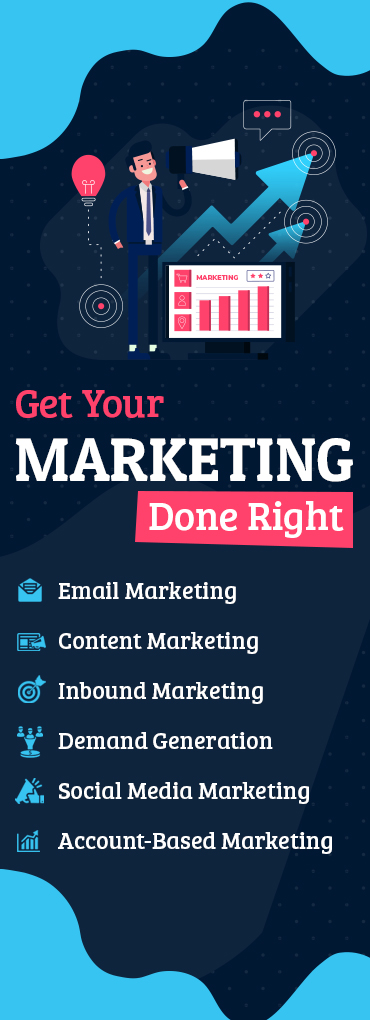“A brand’s strength is built upon its determination to promote its own distinctive values and mission.”
– Jean-Noel Kapferer
In an ideal world, you’d have no competition, you could just sit with all your potential customers over a cup of joe and tell them all about why they should do business with you.
In reality, you have a competitive space and only a figurative split-second to catch your customer’s eye and prove why you’re worth their attention.
Your products and services may speak for themselves but people don’t buy the best products, they buy what they understand easily. That’s why your messaging should be clear and consistent.
This where a messaging framework comes in handy.
In this blog post, we’ll unravel all about the ideal B2B messaging framework so that your audience knows who you are and what makes you different.
What is a messaging framework?
A messaging framework is a representation of what your company, its products, and its services are about. It exhibits:
- The organizational values that shape who you are
- The challenges/problems that you solve
- A clear and consistent narrative for your customers
- What makes you different from your competitors
Whether you’re creating your website, tagline, logo, brochures, or product packaging, with a messaging framework, you can ensure that every piece of communication is aligned and shines a light on your brand’s unique value proposition, thus, making it more effective.
Why do you need a messaging framework?
Your messaging framework is a blueprint that provides you with a strategic direction on how and to whom you should present your products or service. It helps set the tone for your communication and is present at the heart of your marketing strategy.
A messaging framework can help:
- Improve productivity of all teams
- Create brand consistency and brand recognition
- Build trust and loyalty
- Boost in revenue
Here’s an example of clear and structured messaging:
Since its inception, Salesforce has been about revolutionizing the way companies interact with their customers and how they can give a better, easier way to build lasting relationships with customers. From its first “no software” message to its latest, “we bring companies and customers together”, Salesforce has been absolutely clear with their brand message.

How to create a solid messaging framework
There is no ‘one-size-fits-all’ messaging framework in the B2B world. Here’s a tried and tested 5-step comprehensive strategy to create a solid messaging framework:

1. Get your A-team
To get your A-team working – your C-suite, key people from sales, marketing, product, and customer service to share their ideas about the company’s brand value, ideal buyers, and target customers for creating and ensuring alignment so that your messaging is on point and effective.
2. Understand the customer
You need to know ‘who’ your customer is because, without this North Star, it will be difficult to communicate effectively and consistently. Build an ideal customer profile (ICP) and buyer personas to understand their decision-making process or if you already have those, revisit them to ensure they are updated.
3. Identify and highlight your value proposition
Your value proposition is your brand’s answer to the simplest yet the toughest question – why should your audience care about you? Just stating that your products or services are best-in-class isn’t enough, you need to articulate how your brand solves a problem and, most importantly, answer why people should choose you.
4. Know your competitors
An in-depth analysis of your market and competitors can help you identify your own value proposition. If you have competitors that provide a service similar to yours look into:
- What features do you have that your competitors don’t and vice versa?
- What tone or industry terminology does your competitor use?
- What benefits does your service or product offer?
- How does your product or service solve potential pain points?
Study your competitors’ case studies and testimonials for a better understanding of their messaging and customers.
5. Craft and align your messaging pillars
Your messages are what hold up your framework like pillars, they are – your values, vision, mission, benefits, selling points, or features that make you unique and these must be reiterated across all communication. You may have a different segment of products and your messages may speak to different audiences but each of them must convey your core promise in their own way.
Once you have your buyer personas crafted and your value proposition crystallized, tailor your messages to your personas, and place them along the customer journey. We aren’t in the Mad Men world anymore, customers seek a brand that gets right to the point and tells them what they want to know and a solid messaging framework does just that and more.
Need a hand to tailor your messaging framework? Talk to us!












